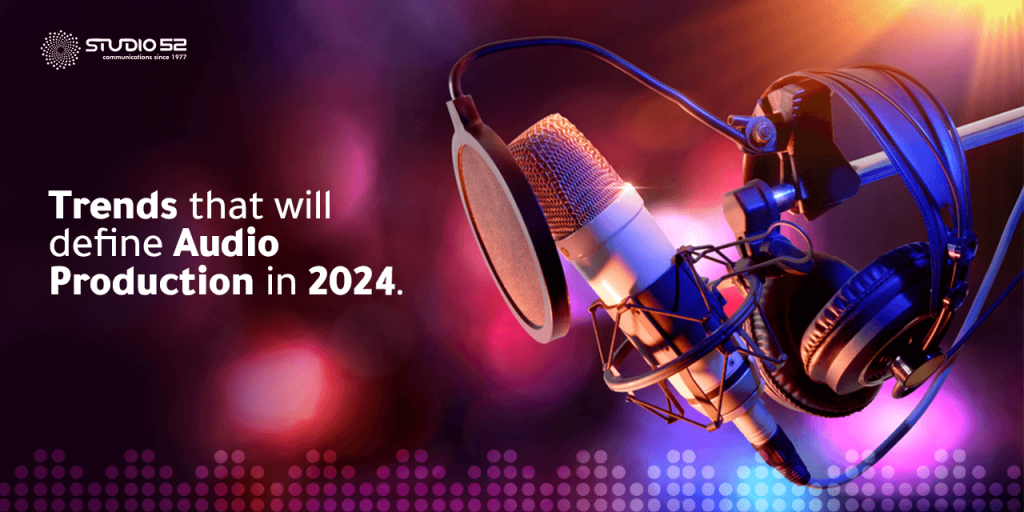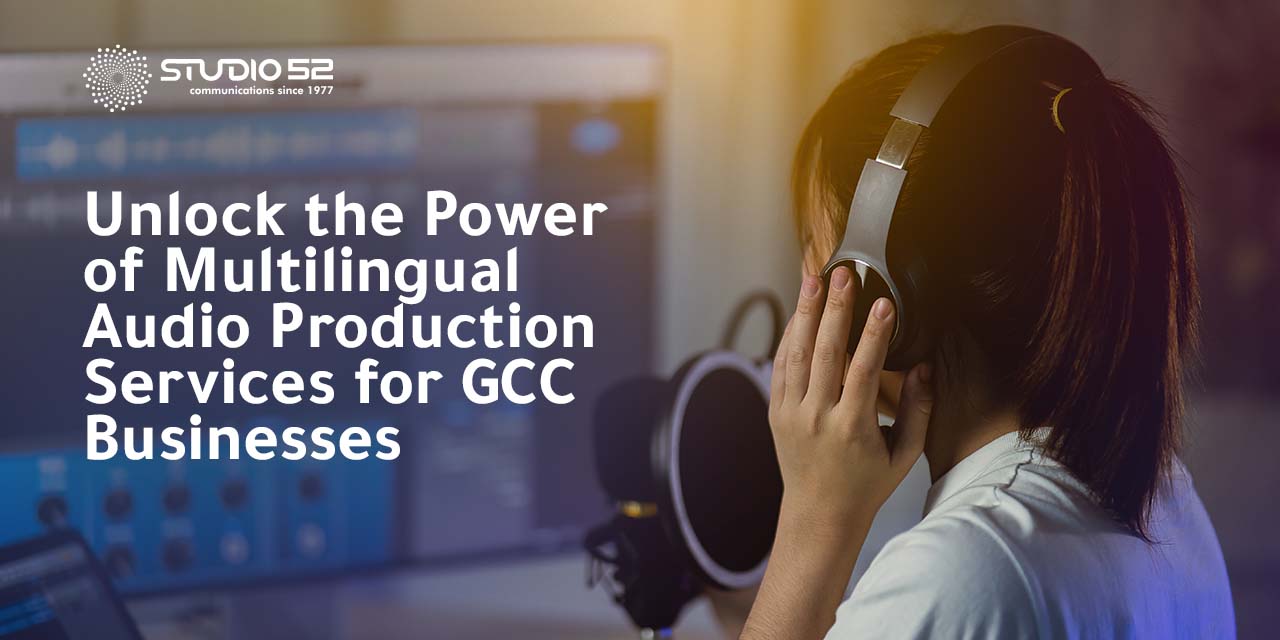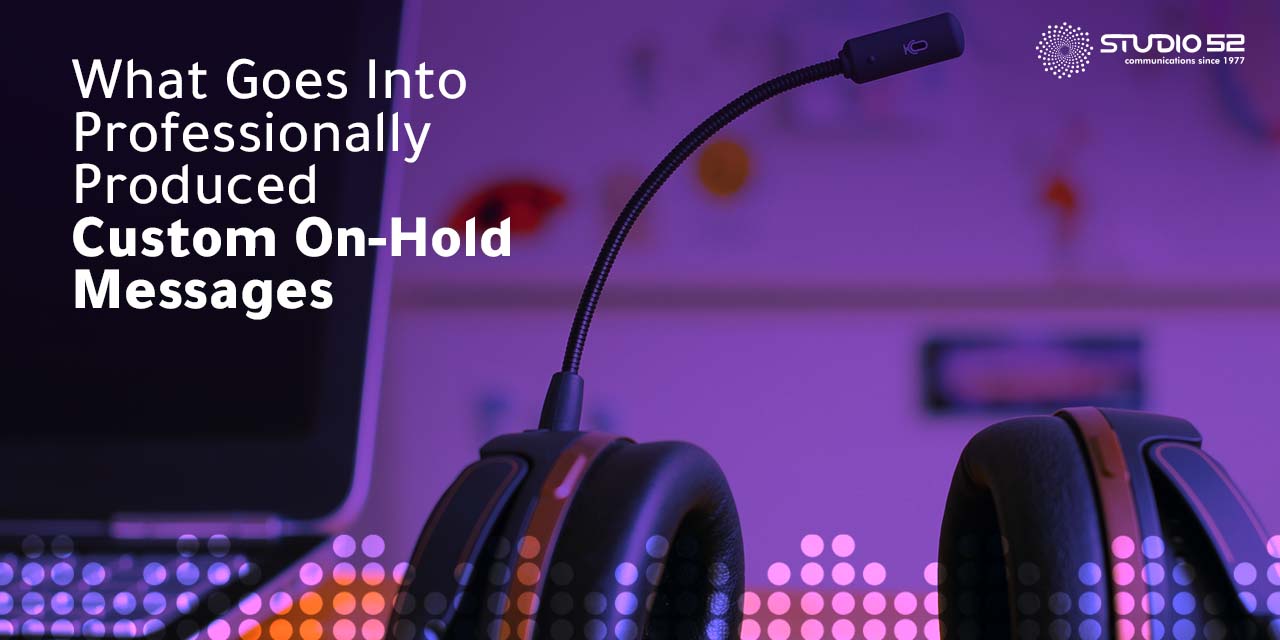Every day, we encounter a new development in production technology. With 2023 ending, we can highlight some of the biggest trends that dominated audio production and will continue to dominate in 2024.
These include the professional production practices we’ve seen throughout the year. We have noticed an increase in global streaming platforms such as Spotify, SoundCloud, and Apple Music. This has given rise to digital audio production and advertisement.
A culture shift has occurred these past few years where everyone can produce and release content. Audio content is the most flexible option, as you can enjoy it while multitasking. Millions of people have podcasts in their ears while working or just being out on a walk. So here, we will look at some of the most prominent production trends in 2024 and conclude how the industry has revolutionised since the onset of COVID-19.
Table of Content
2024 Audio Production Systems
Let’s discuss how production systems have evolved to cater to the growing demand for audio content. This content includes music, podcasts, radio, audiobooks, etc. These changes are seen in production companies and recording studios. People can now build their recording systems, making content creation accessible for most people.
1. Use of AI
Artificial intelligence has taken over the automated industry. These systems are also being employed in developing audio content. AI is being used to harmonise sounds and melodies in music production.
AI has significantly increased music production efficiency due to the elimination of human effort. Its database takes data from universal servers to create harmonies and audio tracks that make music enjoyable.
Audio advertisements and voiceover artists are also replaced with AI to mimic human speech. This has led to companies developing AI technology instead of hiring people for the job.
60% of audio engineers report experiencing creative challenges on a regular basis. Achieve audio excellence with our comprehensive audio production services.
2. The Cloud
The Cloud has been a gamechanger for broadcasting professionals to be able to produce audio. Media outlets are spending a big part of their budget on cloud-based applications. It allows smaller broadcasting channels to produce content.
More prominent companies have also integrated the cloud into their production process. We can expect this trend to grow even more in the coming years. The cloud is used as a SaaS (Software as a Service) platform by many audio and music production companies. It helps stakeholders streamline workflow by adding real-time comments, editing, version control, and communication, enhancing the project’s overall productivity.
With the onset of video and audio content on social media, more and more users are shifting to the cloud.
3. Virtualisation
The concept of having a virtual recording and production system has caused us to revisit the use of hardware. The cloud production of audio content can be accessed from all parts of the world.
Brands are moving towards software development and apps to facilitate cloud production. This is the process future generations will use to create content. There are abundant opportunities to develop different types of audio content as per the client’s demand.
The market is filled with audio production software that can easily replace physical studios. These technologies can record and edit data to acquire a final product. Using such advancements in technology, you can store audio files and integrate them with multiple files. This is an opportunity for companies to virtualize the production process entirely.
A unified system controls all production operations in the virtual space. Music has become scalable to a previously unimaginable level, which wouldn’t be possible with traditional hardware. In short, we are moving towards a production world without cables and physical recording studios.
Audio production can be expensive, especially if you are using high-end equipment or hiring experienced professionals. We provide affordable service.
4. Live Production
We saw trends shifting towards audio content as several of them went viral all over the world this year. Podcasts have made it into mainstream media with their availability on Spotify. Podcasts have become a standard content type globally.
Although local artists are recording this live audio, it has yet to invoke serious interest in the masses. Many social media platforms, such as TikTok and Instagram, are now shifting focus towards audio content along with pictorial support.
Many celebrities, such as the CEO of Facebook, Mark Zuckerberg, have used these platforms for unfiltered speech. Influential people are putting effort into making live audio universally accepted. This includes concert arenas being filled in the virtual world by musicians. This system needs to be perfected to increase its use. Any bugs and chances of lag need to be eliminated to improve audio quality.
5. Metaverse
Fortnite allowed spatial audio to exist through concerts and music arenas. The metaverse is a virtual reality where you can be a rendered form of yourself. Your voice is the only thing that stays true to its source.
Your avatar will survive long after you will, carrying on your voice. Engineers are developing a more immersive audio experience for individuals in the metaverse. Many artists are taking up the challenge of recording music in spatial audio.
This system is still in the early stages of development, so we can expect this trend to grow in the coming years. This even allows the intermixing of different music genres to produce hybrid audio.
Also Read: Interactive Voice Response (IVR) — What Is It And How It Benefits Your Business
6. Immersive Audio
Immersive audio is a rising audio trend that creates a three-dimensional sound field, making the sound experience more realistic for the listeners.
Producers use immersive audio technologies to mix and edit audio, making the experience richer and more realistic. Others use immersive audio technology to create natural experiences in virtual and augmented reality experiences, providing a lifelike auditory component that complements the visual elements.
Some rising trends in immersive audio include Dolby Atmos, realism, spatial audio, etc.
7. Spatial Audio
Spatial or 3D audio creates the illusion of sounds coming from different directions and distances to provide a more immersive and realistic auditory experience.
Music was composed and consumed in stereo format for decades, where sound travels from left to right. But with the invention of spatial audio, music experiences have become more realistic and enveloping.
Global artists like Billie Eilish, The Weeknd, and Coldplay are releasing their music in immersive formats, and the audience is enjoying these compositions. Hence, one of the audio production trends is spatial audio, which can be seen on the rise since global platforms like Apple Music and Tidal have already started offering spatial content.
8. Virtual Reality
VR (virtual reality) is a technology that simulates a person’s presence in a three-dimensional environment with the help of a headset or other device. It creates a lifelike experience, making users feel present in a virtual world.
VR is transforming the audio engineering industry and growing massively. It allows audio engineers to develop a 360-degree sound environment, creating real-time rendering and responsiveness to user movements for heightened realism.
Hence, Virtual Reality is one of the spiking trends in audio production in 2024!
Also Read: Interactive Voice Response (IVR) — What Is It And How It Benefits Your Business
Audio Trends in the US vs UK 2024
If we look into the audio trends of the US vs UK, they have only minor differences since most virtual audio production companies operate globally. With the traditional systems, UK production studios are seen to run their operations by industry guidelines.
Meanwhile, studios in the USA are experimenting with how production systems can be digitised. More engineers are working in the UK to develop software to replace the production system.
The work in the US is done mainly by artists and talented content creators in revolutionising audio. The audio content produced in the UK follows a more mellow sound note than in the US.
Audio production demands expertise in acoustics, electronics, and signal processing for quality results. Studio 52 have expert audio production team.
FAQs
What is the future of sound production?
Technological transformations mark the future of sound production. According to surveys and reports, sound producers will integrate AI and machine learning to create realistic virtual and augmented reality experiences. Overall, the future of sound production is AI, and AI has limitless potential and possibilities to explore in the upcoming years.
What is the new technology in sound design?
New technology in sound design is immersive audio. This technology allows users to experience sound sources in three-dimensional space. Immersive audio is mainly deployed to enhance audio realism and create immersive environments. Its applications include gaming virtual reality, cinematic experiences, and live sound alteration.
Will AI make music in the future?
Today, AI has covered almost all human needs and wants, including composing music. While AI tools like LANDR and Izotope facilitate mixing, mastering, and composition, there are concerns about the need for more human creation. People connect with music on a deeper and human level hence, AI might face the challenge to produce human emotional depth and authenticity in its music.






